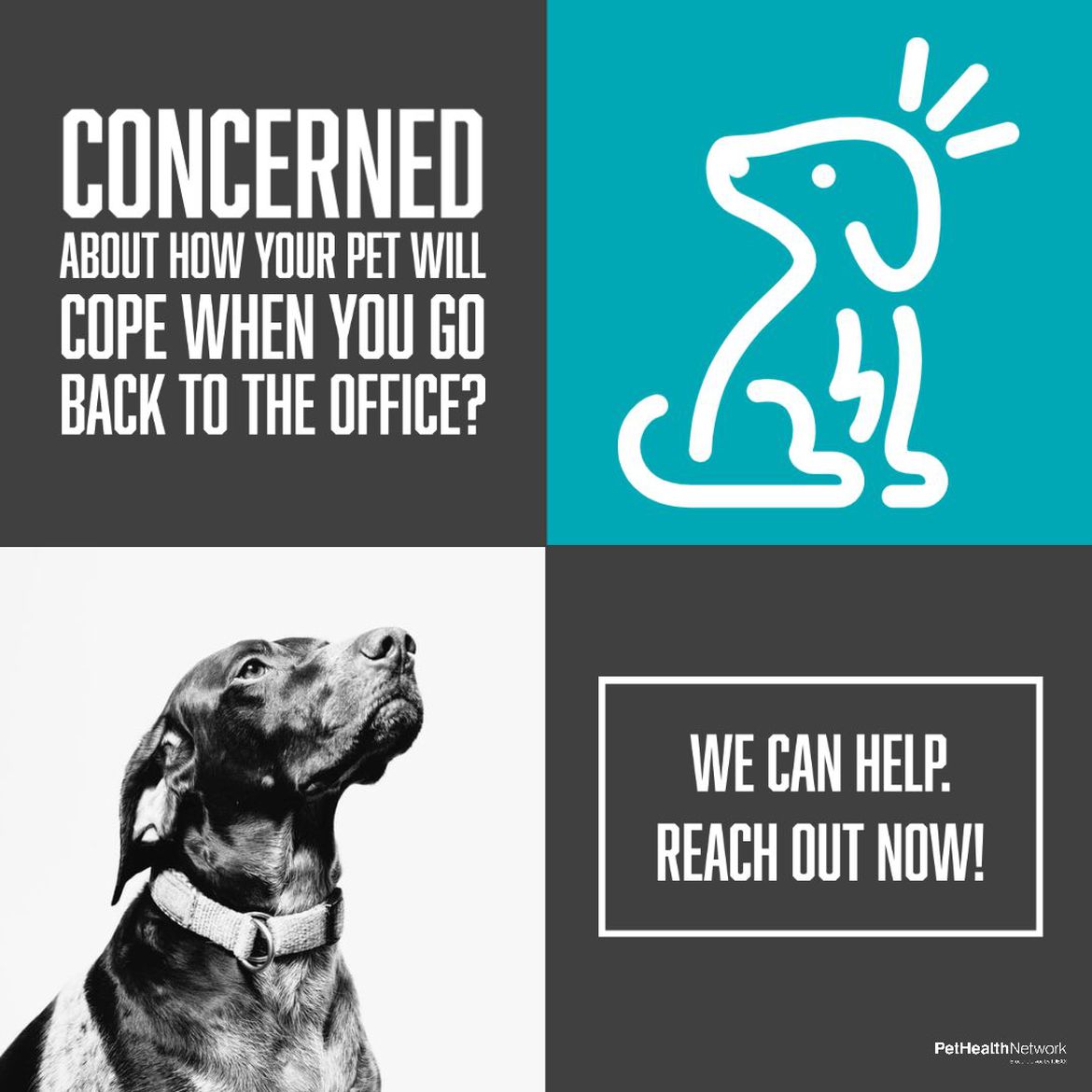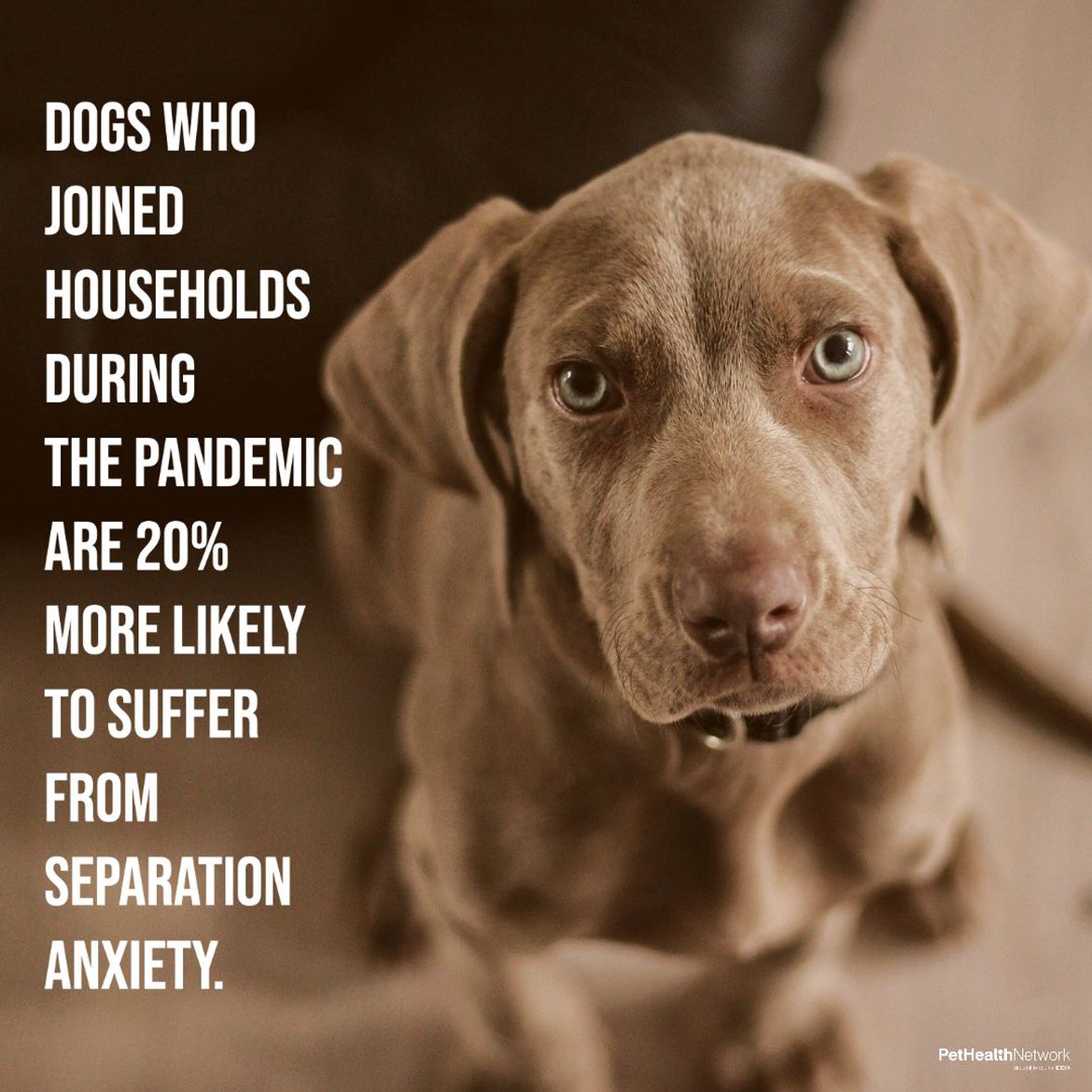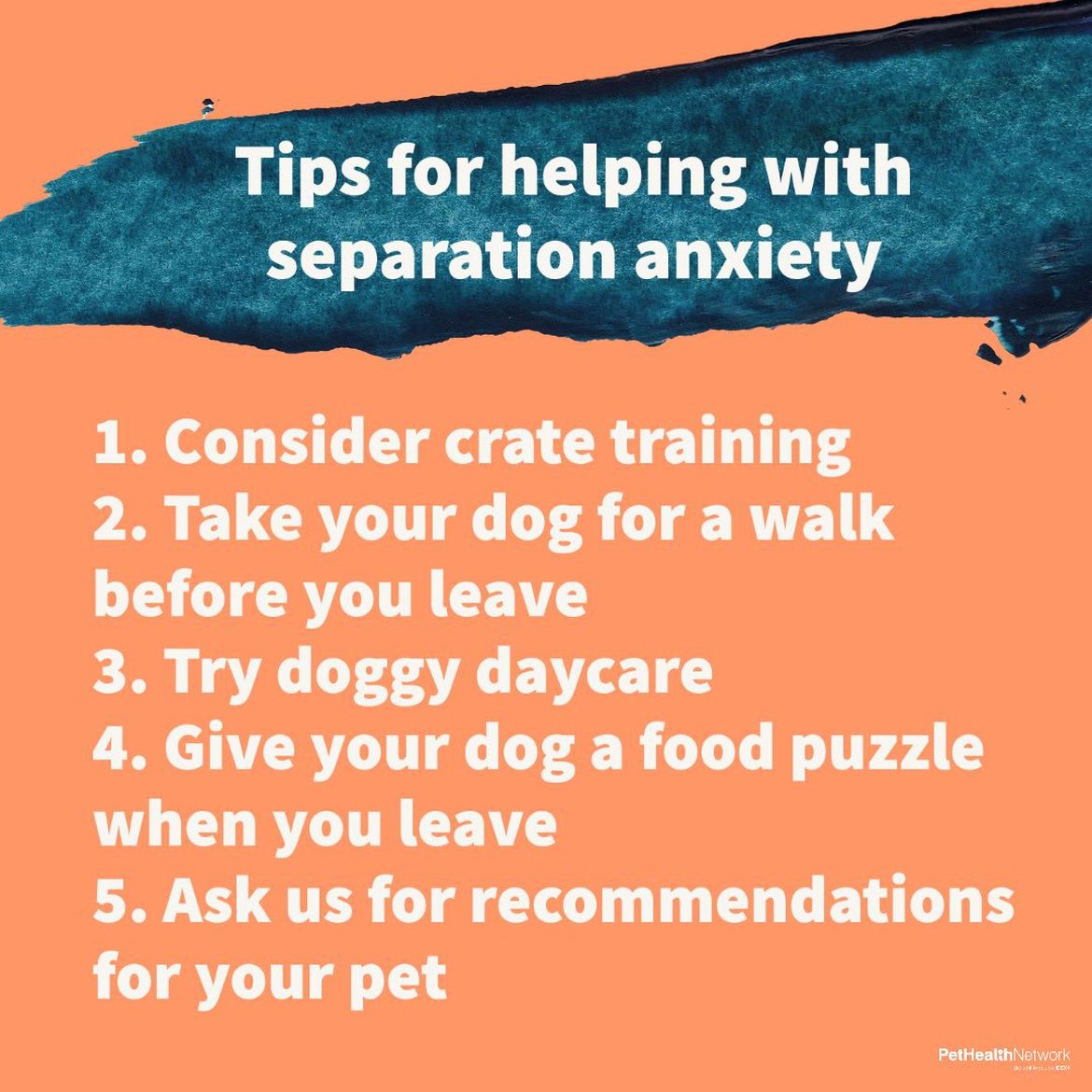Return to Work: Help Pets Cope When Parents Head Back to the Office
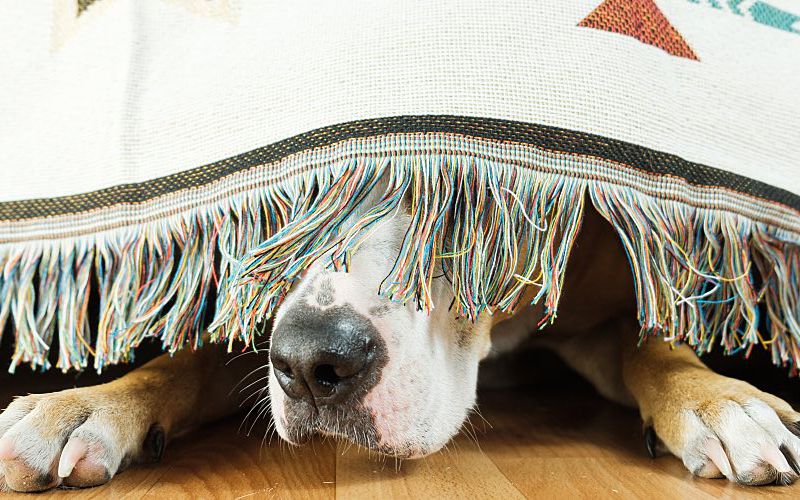
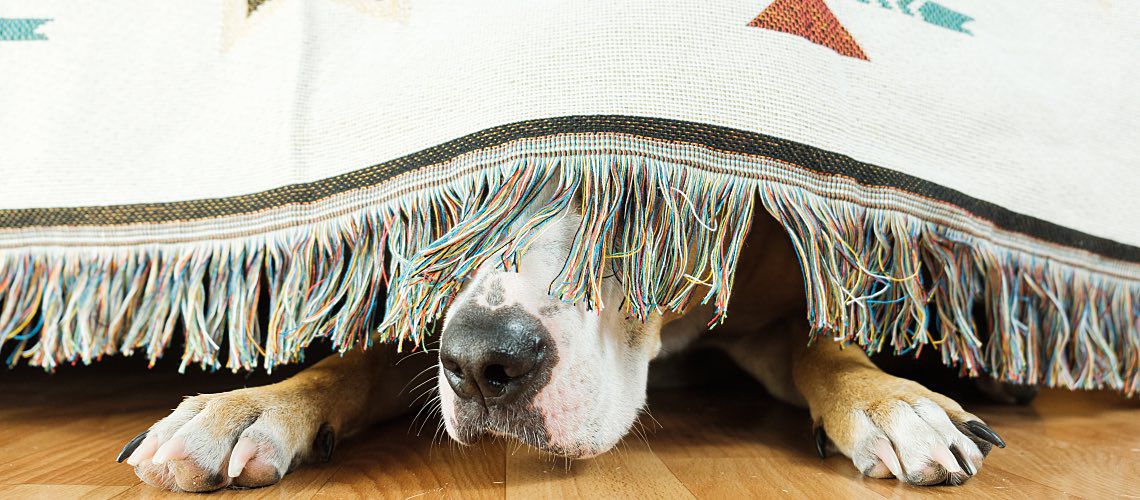
For many pet owners, the return to work after so many months at home is a major concern. In a May 2021 poll conducted by MSPCA-Angell, more than 25% of dog owners expected their dogs to experience separation anxiety when they return to their jobs. And as so many households welcomed new pets during the pandemic, there are a lot of furry friends out there who have never been without their owners for long periods of time.
Unfortunately, many of our patients are already experiencing separation anxiety. According to a survey by DOGTV of more than 1,000 dog owners, 58% of dogs are already showing signs of separation anxiety when their owners prepare to leave, and 45% when left alone. Furthermore, dogs added to households during the pandemic are 20% more likely to have separation anxiety than dogs adopted prior. Sadly, most pet owners are not preparing their pets for the return to the workplace.
The good news is that there are many ways to make the transition back to work smoother for Fido and your clients, starting with these tips.
Elevate patient care without overwhelming staff. Learn how.
Engage Clients Proactively
Just as we ask owners questions about lifestyle risks to provide the best preventive care plan for their pets, we need to start asking about their possible return to work. Ask them if they have any concerns about how their pet will cope with their returning to work; in fact, make it a standard intake question, both in person and on forms. Also, be sure to talk with owners about the signs they might see in their pets that can be symptoms of separation anxiety, so they are aware of specifics. Educating owners about possible destructive behaviors, regression in housetraining, and excessive barking or howling can help us create proactive plans for our clients to implement.
Encourage Training to Clients
One of our biggest challenges in helping pets cope with change is getting our clients on board—especially as so many pet parents are reluctant to crate train or set boundaries, as they may seem like punishments. But, if we can reframe training as something to help keep their pet safe while they're gone, we can hopefully create a less anxiety-filled situation for everyone involved. A few ways to achieve that positive reinforcement include the following:
- Go on a long walk with your pet before you need to leave for work.
- Consider enrolling your pet in daycare, so they can spend the day playing with friends.
- Feed all of your pet's meals inside the crate, or perhaps give them a special treat that they only get in the crate when the owner is away. While they enjoy their treat, go out for a short walk, then slowly increase the separation period each time.
- Give pets a food puzzle with a high-value treat inside, such as squeeze cheese or peanut butter when you leave and take it away when you return. Your dog learns they only get that goodness when mom or dad is gone.
- For pets who get anxious just watching their owners get ready to leave, expose them to cueing behaviors, such as picking up keys or putting on shoes and then not leaving. Each time their dog sees them perform a behavior that normally signals the pet parent is leaving—but does not lead to them actually walking out the door—is an opportunity to decrease the pet's anxiety.
- Discuss medications with your veterinarian or a referral to a behaviorist if stronger intervention is needed.
Use Every Tool to Get the Message Out
Although asking each client about their return to work is helpful, there are many ways we can reach our clients. Don't be afraid to take advantage of practice communication tools. Create a handout on separation anxiety and training ideas to share on your website and social media accounts. Provide links to websites with sound training information, such as the ASPCA website. Use your social media accounts to encourage pet owners to contact you for any concerns and direct them to places on your website to find helpful information.
Check out the following premade social media posts to start the conversation with your clients. By helping our clients manage their pets' anxiety, we can ensure a smooth transition back to normal life.
Suggested caption
We’re here to help!
Suggested caption
The sooner you reach out, the sooner we can help your pet.
Suggested caption
If you’re concerned about separation anxiety, you’re not alone. We can help you find solutions that work for you and your pup.
Suggested caption
Is your pet showing signs of separation anxiety? These tips may help.


